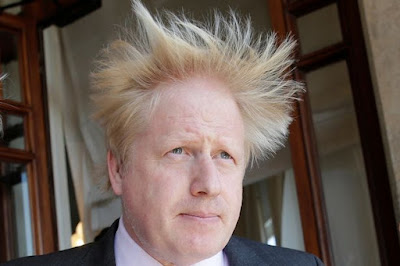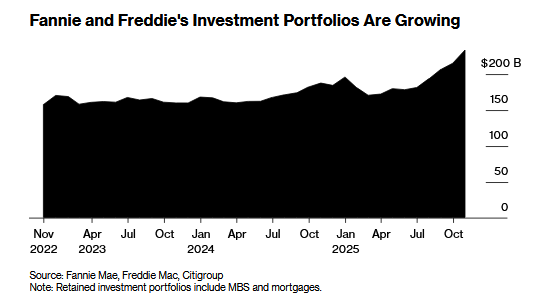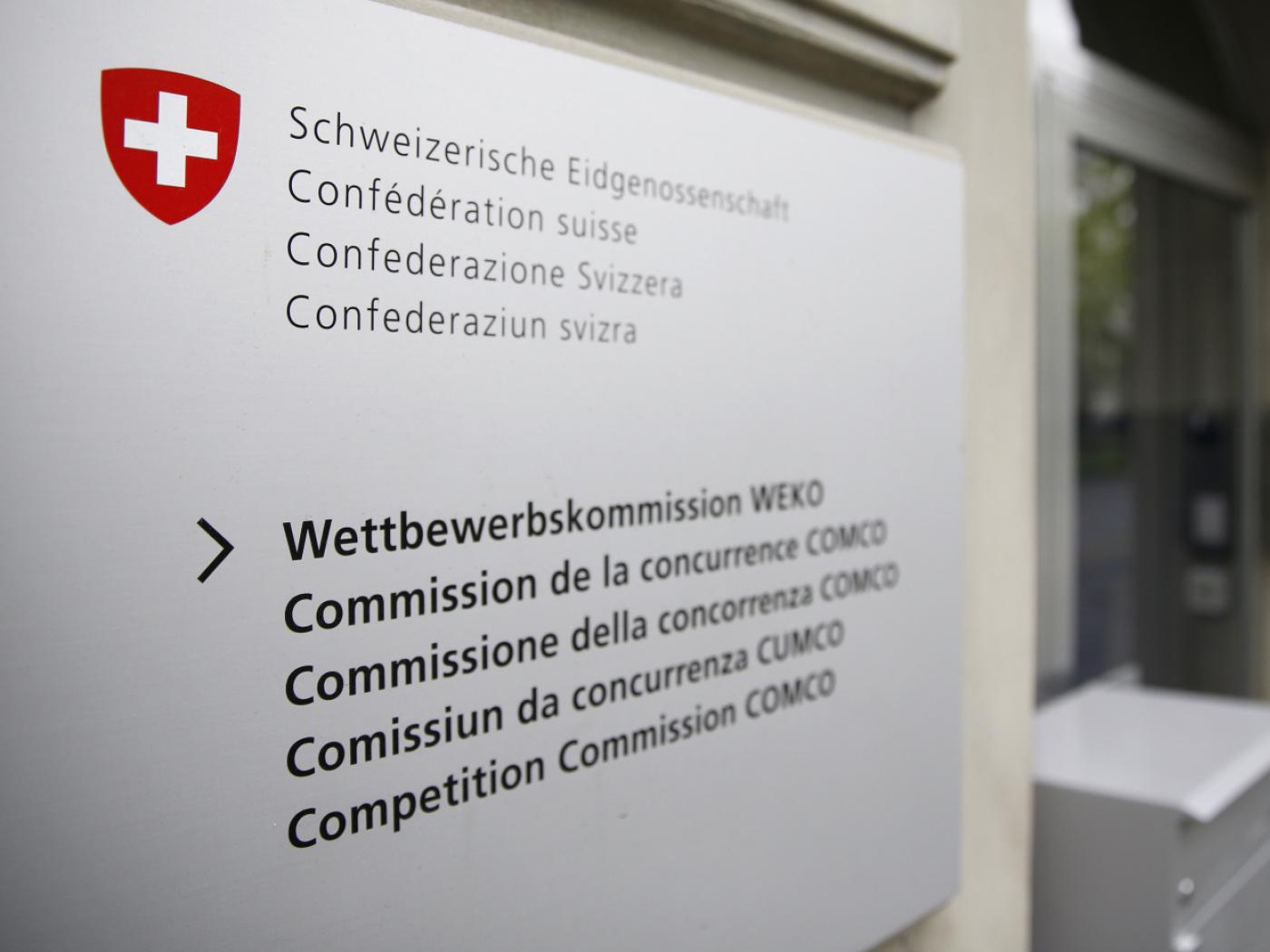Overview: The jump in US interest rates helped lift the greenback to new 20-year highs against the Japanese yen and pushed the euro back below $1.07. US equities saw initially strong gains pared and this set the tone for today’s activity. Most of the equity markets in the Asia Pacific region fell, but Japan and China. Europe’s Stoxx 600 is giving back more than half of yesterday’s 0.9% gain. US futures are off about 0.5%. The US 10-year yield is off a couple of basis points but still above the 3% threshold. European yields are lower and the peripheral premium over the core is narrowing today. The greenback is stronger against all the major currencies, including the Australian dollar, where the central bank delivered a larger than expected half-point hike. Emerging market currencies are also mostly lower. The South African rand and Mexican peso are the two notable exceptions. Gold slipped to $1837, a four-day low, but has recovered to approach $1850. July WTI is in a narrow range below $120. It is holding above the five-day moving average near $117.50. US natgas prices are at new highs near 9.50, while Europe’s benchmark is off for the third consecutive session and briefly traded at four-month lows. Iron ore extended its gains for the fourth consecutive session and reached its highest level since late April. On the other hand, copper is off for the third session as it extends the pullback that began at the end of last week. Lastly, July wheat has come back offered after yesterday’s 5.10% gain.
Asia Pacific
The Reserve Bank of Australia surprised the market by delivering a 50 bp hike earlier today. It was the largest move in more than two decades. Saying that the central bank will "do what is necessary" to check inflation, Governor Lowe signaled additional rate hikes in the coming months. There are six meetings left this year and the swaps market has discounted nearly 235 bp of tightening. The economy is solid and new government is pushing for a 5.1% hike in the minimum wage (to be decided later this month) and new fiscal measures. Australia's two-year yield jumped 17 bp and at 2.84% is back to a small premium over the US, the most in nearly a month. The currency initially rallied through yesterday's high (~$0.7230) to reach almost $0.7250 before returning to little changed levels straddling the $0.7200 level.
The key driver of the dollar-yen exchange rate is the 10-year US Treasury yield. On a purely directional basis, the correlation over the past 30 session is more than 0.8. On the basis of change, the correlation is a little above 0.55 and has not been above 0.6 since late March. Given the nearly 10 bp jump in the US 10-year yield, the dollar's push higher against the yen is understandable. BOJ Governor Kuroda's comment that a steadily depreciating yen would be positive for the Japanese economy seemed excessive, even though the Swiss franc declined by more than the yen yesterday. Many businesses have expressed concern about the yen's weakness. After all, corporate strategies had evolved in a strong yen environment, like the offshoring of production. The price of Brent has risen by around 90% since early December and the yen has declined by about 14.5% against the dollar at the same time. A weaker yen boosts inflation but is the type of price pressures the BOJ would arguably look pass. Large companies are expected to be able to better cope in the changing economic environment. The Topix 100 is off a little more than 2.25% this year, while the Mothers Index (start-ups) is off 33%. Still, it shows one reason that a Plaza-like agreement is unlikely. The BOJ does not want it (which is not to suggest any other member is calling for one). Separately, Japan's April cash earnings rose 1.7% after the March increase was revised to 2% from 1.2% (year-over-year). This, coupled with the lifting of Covid restrictions helped boost household spending 1% in April month-over-month, and pare the year-over-year decline to 1.7% from -2.3%.
China's May reserves unexpectedly rose last month. It was the first increase of the year. The $8 bln increase is about a quarter of a 1% gain to almost $3.128 trillion. It is practically a rounding error and likely accounted for by the appreciation of other reserve currencies against dollar. In May, the euro rose by 1.8%, the Australian and Canadian dollars, by about 1.6%, the yen by 0.8%, and the Russian rouble by nearly 15%. Note too that the 10-year Treasury rallied, and the yield fell nearly 9 bp.
The dollar rose to JPY133.00, a new 20-year high. It is the sixth gain in the past seven sessions, and it has risen by more than 4.5% during this run. The high from 2002 was a little above JPY135.00. The pace of the move may again spur cautionary comments from officials. Initial support is seen by JPY132.50. The Australian dollar has traded on both sides of yesterday's range (~$0.7185-$0.7230), and technically, the close is important, if it is outside of that range. In the European morning, it is spending time below yesterday's low. The Aussie is threatening to fall for the fifth session in the past six. Recall that as of the end of May, speculators in the futures market had the largest net short Australian dollar position in around two months. The greenback gapped higher against the Chinese yuan today and hardly looked back. The move was not particularly large. The US dollar rose 0.3% to around CNY6.6750. Last week's high was set near CNY6.7060 ahead of the Friday holiday. The PBOC set the dollar's reference rate at CNY6.6649. The median projection (Bloomberg survey) was CNY6.6638.
Europe
Prime Minister Johnson survived the confidence vote as widely expected, but it was a tighter vote than anticipated. He won 211-148. About 40% of the Tory MPs rebelled. It was more than had sought to force Johnson's predecessor May out. She was out within six months and much of the press accounts speculate on the damage inflicted on Johnson. Meanwhile, the Tories are seen losing the two special elections later this month, and some polls suggest the Tories would lose a snap national election. Technically, the party rules protect Johnson from another vote of confidence for a year. However, the next important opportunity may be the Conservative Party conference in October. Meanwhile, the economic challenges, and the cost-of-living crisis will likely deepen, even though the sharp drop in the May services and composite were pared in the revision. The consumer continues to be squeezed as the 1.5% decline May BRC sales showed. It is the third consecutive monthly decline.
Amid talk that some EMU members may seek an immediate end to the bond buying, reports suggest others may propose a new mechanism to prevent fragmentation (divergence). This seems unlikely for three reasons. First, the ECB has a great deal of flexibility with the reinvestment of maturing proceeds as well as being able to bring forward by up to 12 months other future maturities. Second, a facility for this already exists: The European Stabilization Mechanism. Thirdly, a similar idea was proposed last year--a precautionary instrument but was rebuffed by several creditor nations demanding conditionality. The compromise struck was for the flexibility in reinvesting.
German factory orders fell 2.7% in April after the March decline was revised to 4.2% from 4.7%. The data is very disappointing. The median forecast (Bloomberg's survey) looked for a small gain (0.4%). The war in Ukraine and China's lockdowns took a toll. Foreign orders fell 4% in April after a 5.8% fall in March and a 2.4% decline in February. Orders from other eurozone members fell 5.6% after increasing 4.4% in March. Non-eurozone orders slumped 3% in April after a dramatic 11.2% plunge in in March. Domestic orders were off 0.9% after a 1.6% drop in March. There had risen 0.4% in February. Germany reports April industrial output figures tomorrow. The median forecast (Bloomberg) for a 1.2% gain (after the 3.9% drop in March) seems at risk of being too optimistic.
The euro slipped to a three-day low near $1.0665 in late Asian turnover and bounced to the session high, a few ticks above $1.07 in early European activity. There is an option for slightly more than 1 bln euros at $1.0730 that expires today, which may be sufficient to cap upticks. For a little more than two weeks, the euro has been trading broadly sideways in a $1.06-$1.08 trading range. It can persist until at least Thursday's ECB meeting. Sterling barely reacted to the initial news that Johnson survived the vote of confidence. However, today, sterling broke out of the four-day consolidation to the downside, to record a low near $1.2430. That is the lowest sterling has been since May 18. It bounced back to trade to almost $1.2535 in the European morning. If that is not the high, we suspect it is close.
America
Given the attention Microsoft drew recently when it said the exchange rate developments cut earnings by $460 mln, and other software giants also noted the exchange rate, the April trade figures may draw attention. However, there are two mitigating factors. First, the challenges to the software companies were not that the dollar made exports less competitive but that the dollar's appreciation made the translation of their foreign sales worth less for the dollar-functioning company. The trade figures have little to say about that. Second, US exports soared by 19% in March to a new record high of $180.8 bln (not seasonally adjusted, nominal terms). And we know from the advanced goods trade report that April good exports rose another 3%. Still, the important takeaway from the trade figures is that next exports are unlikely to be as large of a drag in Q2 as they were on growth in Q1. Recall trade subtracted a little more than three percentage points from Q1 growth.
Consumer credit (excludes mortgages) soared by a record $52.4 bln in March. The April report comes late in today's session. The median forecast in Bloomberg's survey is for a $35 bln rise. This is would another strong increase. Consider the average in 2019 was $15.4 bln a month. Consumer credit fell in 2020 and rose by almost $20.6 bln on average last year. It seems that after a surge in consumption, and in the face of rising prices, households are sustaining, even if shifting the basket of goods, they are purchasing, consumption by four things: more people working, drawing down savings, use of revolving credit, and equity withdrawals on mortgage refinances. Borrowing from the past and future to fund current consumption seems to be characteristics of late cycle behavior.
Canada also reports merchandise trade figures for April today. It is experiencing a positive terms-of-trade shock, and this has resulted in the trade surplus swinging into surplus. In 2019, the average monthly goods deficit was C$1.5 bln. Last year, the average was almost C$380 mln. The monthly average in the Q1 22 was C$3 bln, the highest since 2008. Separately, Canada's two-year yield has risen even faster than in the US. Since the end of April, the 10 bp US premium has become a swung to a nearly 30 bp discount. This is the most since late last year.
The US dollar extended the rebounded that began yesterday against the Canadian dollar. The greenback recorded a low near CAD1.2535 yesterday and recovered to almost CAD1.26. The low had not been seen since April 21. Follow through buying today lifted the US dollar to almost CAD1.2620, but it is straddling the CAD1.26 area near midday in Europe. A move, and ideally, a close above CAD1.2630, lifts the greenback's technical tone, but the CAD1.2650-CAD1.2660 area may offer more formidable resistance. The US dollar recorded an outside day against the Mexican peso yesterday, trading on both sides of the pre-weekend range. However, the close was neutral and the consolidation phase looks set to continue. Resistance is seen near MXN19.62 initially with support around MXN19.50. Lastly, note that after trade figures this morning, Chile's central bank is expected to hike its overnight target rate by 75 bp to 9%. It has hiked rates at alternating meeting this year, but it hiked 125 bp in May. Tomorrow, May inflation figures will be released. The May CPI is expected to have jumped to 11.4% from 10.5% year-over-year. The quarterly monetary policy report is also due tomorrow. Officials want to keep their options open but also want to reassure businesses and investors that the tightening cycle in nearly over.
Full story here Are you the author? Previous post See more for Next postTags: #USD,consumption,Currency Movement,ECB,Featured,Japan,newsletter,RBA,Trade,U.K.





























